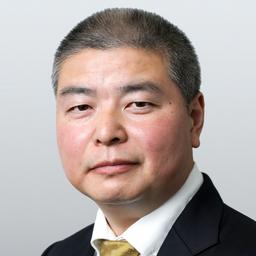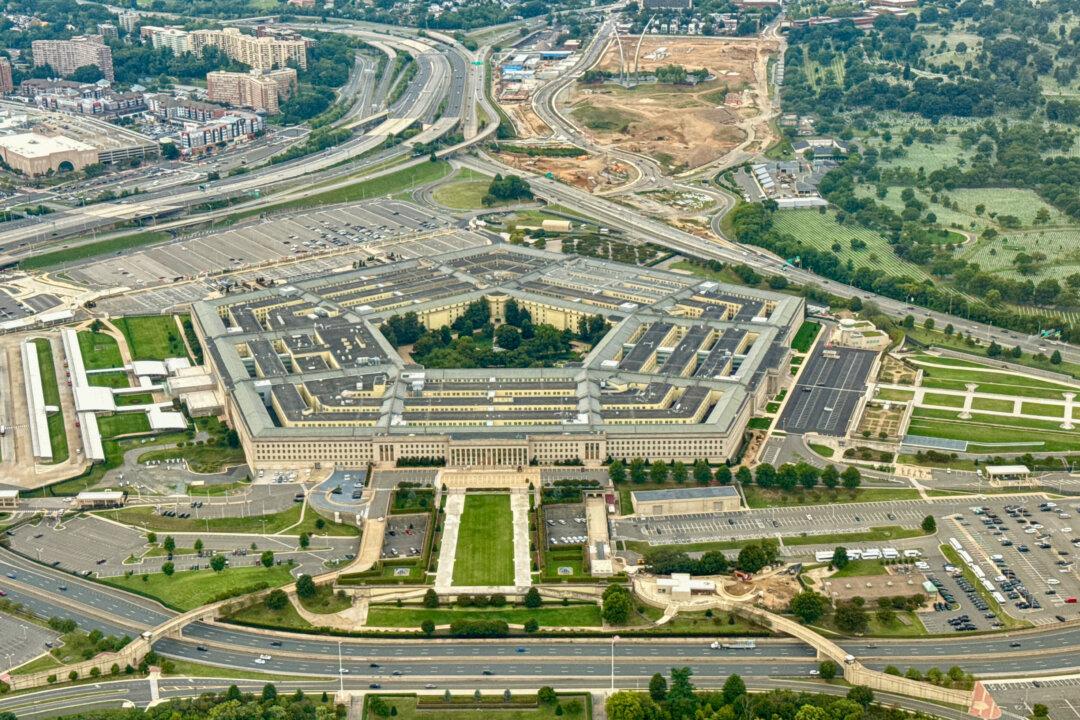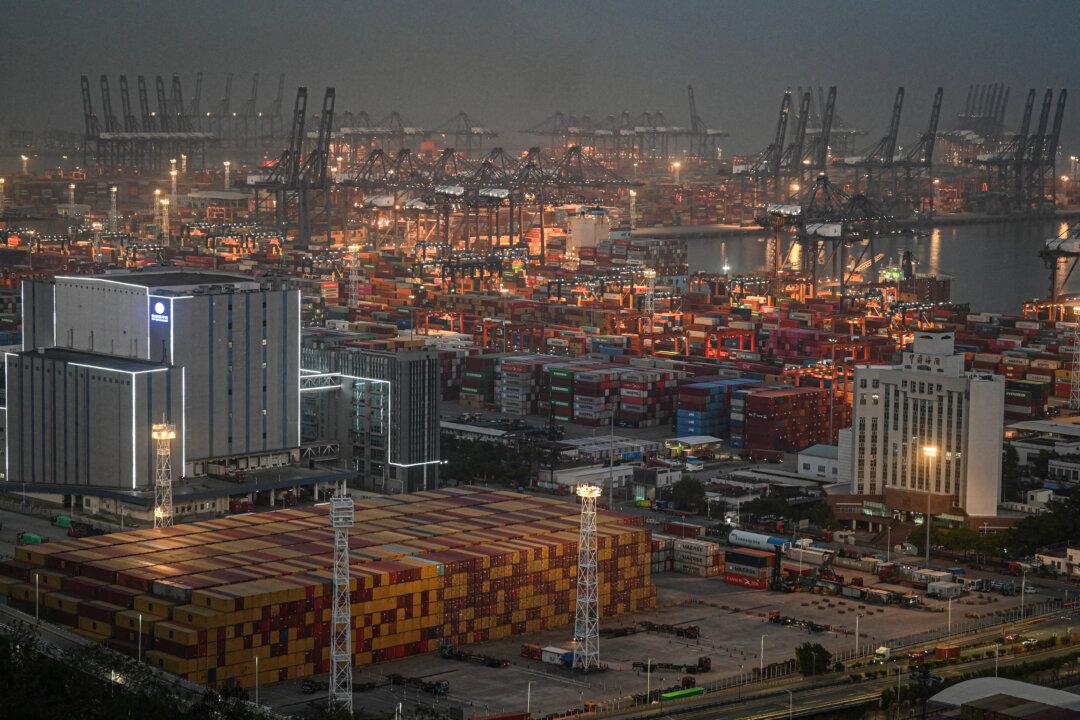Commentary
Amid drastic international and domestic changes, the Chinese Communist Party (CCP) recently claimed to have made a major strategic deployment—accelerating the formation of a “dual circulation” economic model that centers on “internal circulation” and having “international circulation” play a supporting role.





